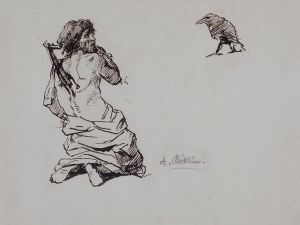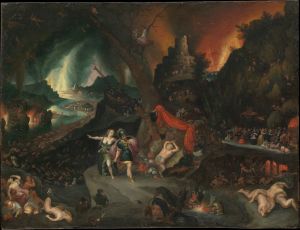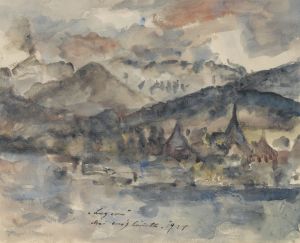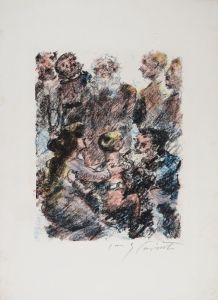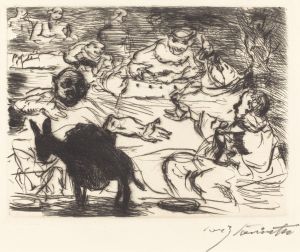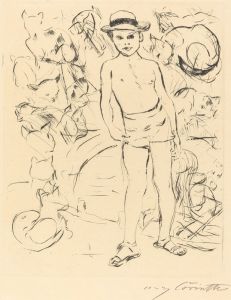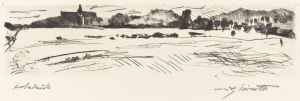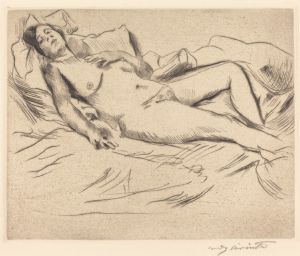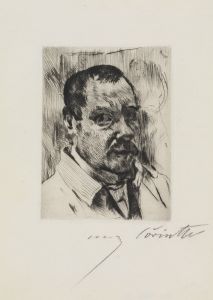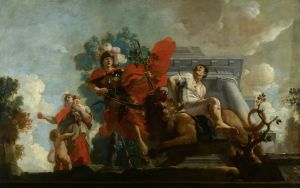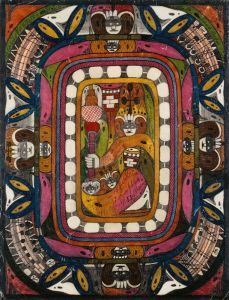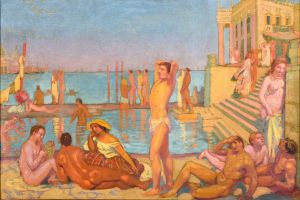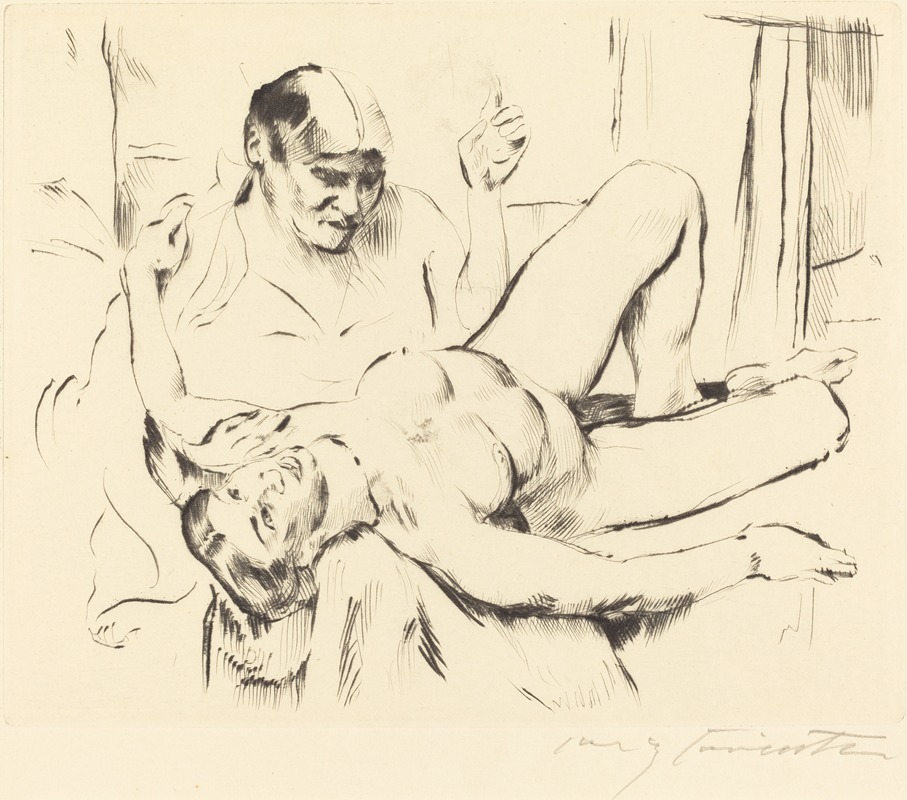
Prophecy
A hand-painted replica of Lovis Corinth’s masterpiece Prophecy, meticulously crafted by professional artists to capture the true essence of the original. Each piece is created with museum-quality canvas and rare mineral pigments, carefully painted by experienced artists with delicate brushstrokes and rich, layered colors to perfectly recreate the texture of the original artwork. Unlike machine-printed reproductions, this hand-painted version brings the painting to life, infused with the artist’s emotions and skill in every stroke. Whether for personal collection or home decoration, it instantly elevates the artistic atmosphere of any space.
Lovis Corinth was a German painter and printmaker whose work spans the transition from Impressionism to Expressionism. He was a prominent figure in the Berlin Secession, an art movement that sought to break away from traditional academic art. Corinth's work is known for its vigorous brushwork and vibrant color palette, often exploring themes of mythology, history, and personal experience.
"Prophecy" is one of Corinth's notable paintings, created in 1912. This work is a testament to his mature style, where he combines elements of realism with expressive brushstrokes. The painting reflects Corinth's interest in biblical and mythological themes, which he frequently revisited throughout his career. In "Prophecy," Corinth explores the concept of foresight and revelation, possibly drawing inspiration from religious or historical sources.
The painting is characterized by its dynamic composition and the emotional intensity of its figures. Corinth's use of color and light adds a dramatic effect, enhancing the narrative quality of the scene. The figures in the painting are rendered with a sense of movement and vitality, a hallmark of Corinth's style during this period. His brushwork is loose yet controlled, allowing him to convey both the physical presence and the psychological depth of his subjects.
Corinth's work during this time was influenced by his personal experiences and the broader socio-political context of early 20th-century Europe. The years leading up to World War I were marked by significant social and political upheaval, which often found expression in the art of the time. While it is not explicitly documented how these factors influenced "Prophecy," it is reasonable to consider that the atmosphere of uncertainty and change may have informed the thematic choices in his work.
In addition to its thematic depth, "Prophecy" is also notable for its technical execution. Corinth was known for his ability to blend different artistic influences, and in this painting, one can observe the interplay between Impressionist techniques and the emerging Expressionist sensibility. This synthesis is evident in the way Corinth handles light and shadow, as well as in the emotional resonance of the painting.
Lovis Corinth's contribution to art extends beyond his paintings. He was also an influential teacher and writer, contributing to the development of modern art in Germany. His work continues to be studied and appreciated for its innovative approach and its reflection of the complex cultural landscape of his time.
"Prophecy" remains an important piece within Corinth's oeuvre, exemplifying his ability to merge narrative content with a bold, expressive style. It stands as a testament to his skill as a painter and his engagement with the themes of his era. Corinth's legacy is preserved in numerous collections worldwide, and his work continues to inspire and provoke thought among art enthusiasts and scholars alike.





